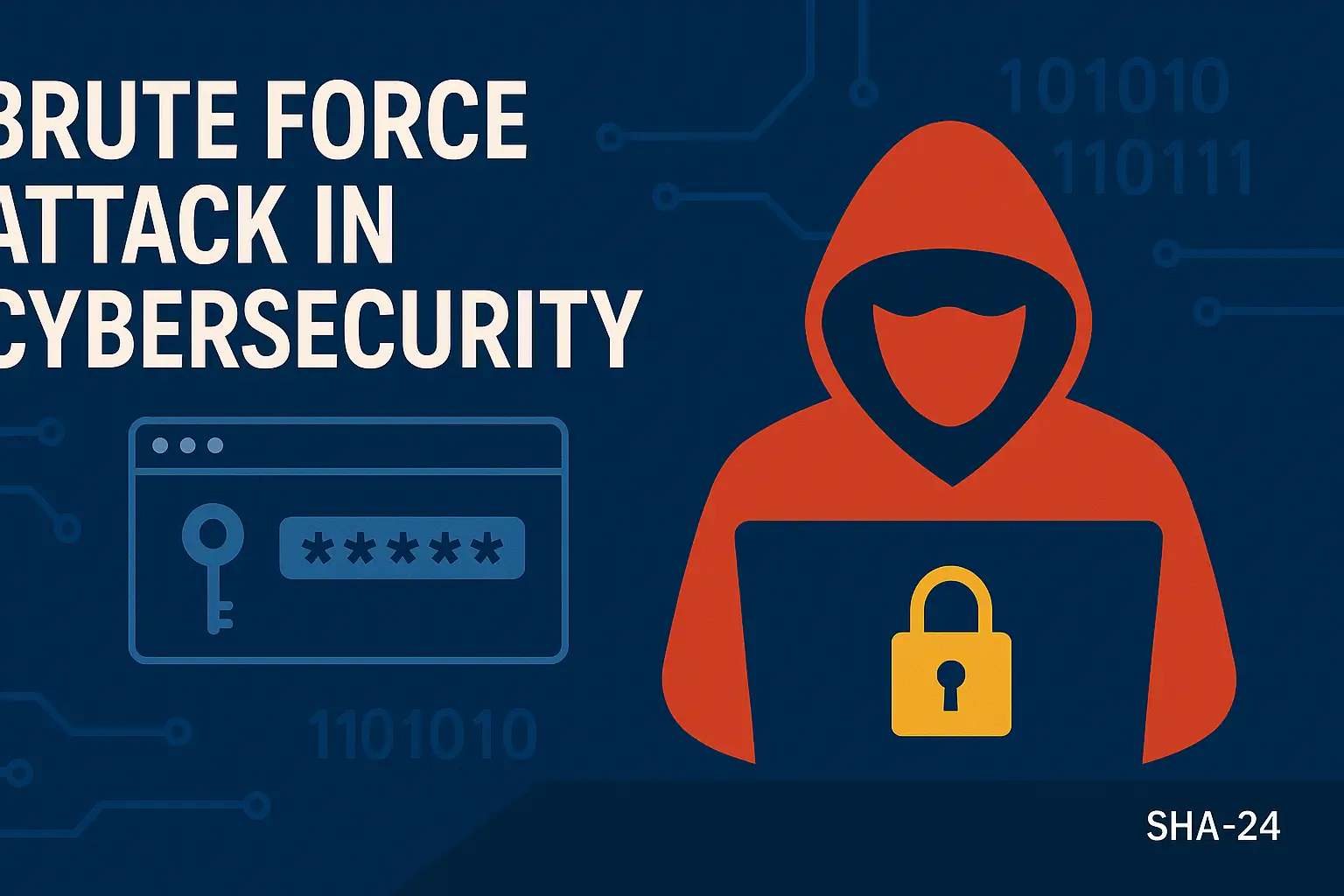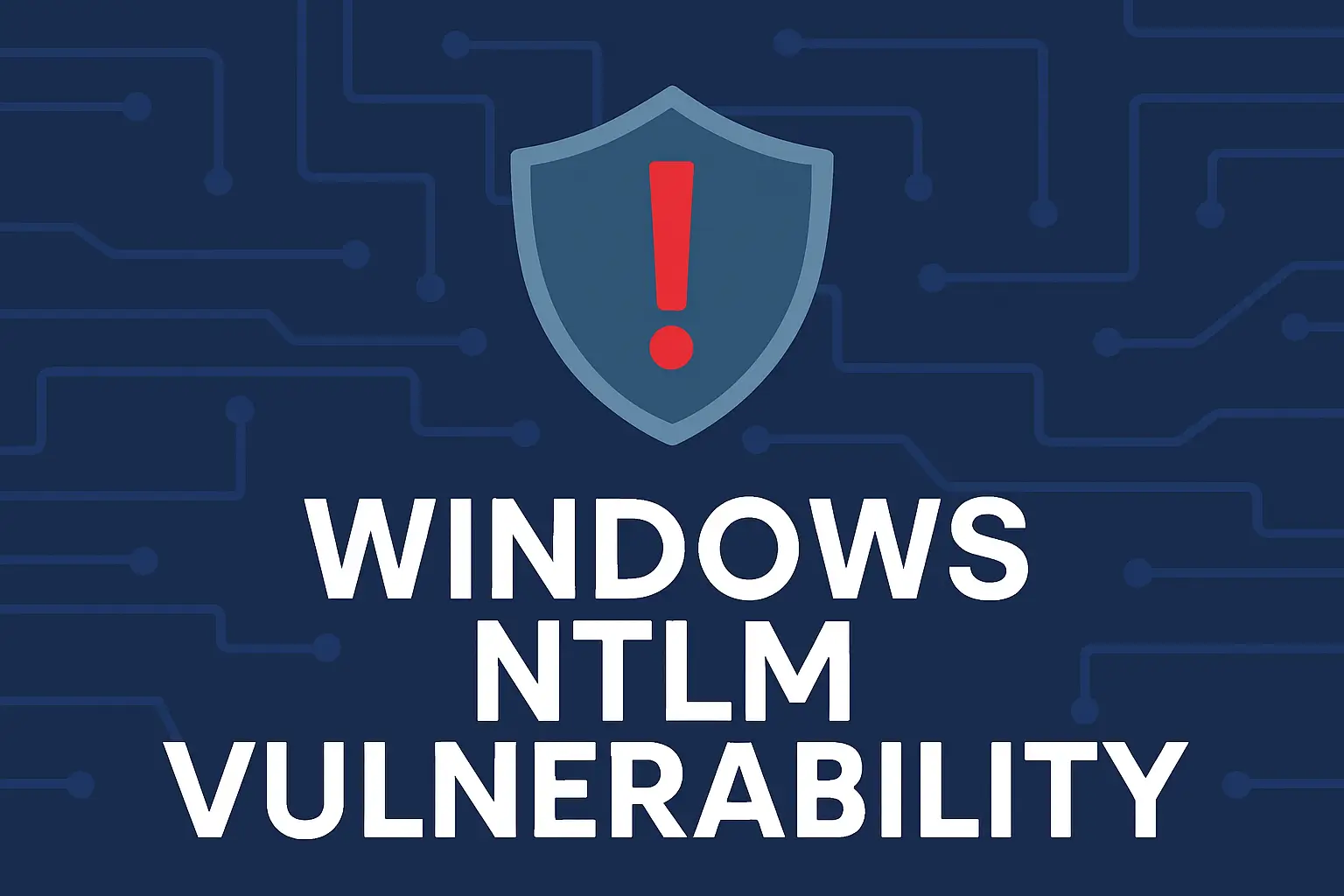Published on Jul 26, 2025
Understanding Brute Force Attacks in the World of Cyber Security

A brute force attack is one of the most common cyberattack methods used by hackers to gain unauthorized access to systems, accounts, or critical data. While seemingly simple, this attack is highly effective when the target’s security system is weak. In this article, we will discuss in detail what a brute force attack is, how it works, its types, its impact, and preventative measures that can be taken.
What Is a Brute Force Attack?
A brute force attack is a cyberattack method in which hackers repeatedly try to guess login information such as usernames and passwords until they find the correct combination. This technique is like “attacking blindly,” trying all possible combinations until successful.
Typically, this attack is carried out using automated software capable of trying thousands to millions of combinations in a short time. Targets can include social media accounts, email accounts, database systems, and even corporate networks.
How a Brute Force Attack Works
Brute force attacks exploit weaknesses in security systems that lack protection against repeated login attempts. Here are the general steps of how this attack works:
- Identifying the Target: The hacker determines which system or account they want to attack.
- Collecting Data: General information such as usernames, email addresses, or other data that can be used to easily guess passwords.
- Executing an Automated Script: Using tools like Hydra, John the Ripper, or Aircrack-ng, the hacker runs a script that tries various password combinations.
- Accessing the System: If the tried combination matches, the hacker gains full access to the target system.
Types of Brute Force Attacks
- Simple Brute Force Attack: The hacker tries all possible password combinations one by one without any specific strategy.
- Dictionary Attack: Uses a list of commonly used words or phrases as passwords.
- Hybrid Brute Force Attack: A combination of a dictionary attack and a pure brute force attack. For example, trying dictionary words with varying numbers at the end.
- Credential Stuffing: Using usernames and passwords that have been leaked from other systems and then trying them on various sites.
- Reverse Brute Force Attack: Hackers use a common password and try it on multiple user accounts.
Impact of a Brute Force Attack
The impact of a brute force attack can be very detrimental to both individuals and companies. Some possible impacts include:
- Leakage of personal and sensitive data such as credit card information, identity cards, and customer data.
- Financial loss due to theft of funds or extortion.
- Operational disruption if the system is compromised and used as a tool for further attacks.
- Loss of customer trust if the attack occurs on a company or public platform.
How to Prevent a Brute Force Attack
To prevent this attack, there are various preventative measures that can be implemented by both individual users and system administrators:
1. Use a Strong Password
Use a combination of uppercase and lowercase letters, numbers, and symbols with a minimum length of 12 characters. Avoid using easily guessed personal information.
2. Limit Login Attempts
Implement a login attempt limit system. For example, an account will be temporarily locked after 5 failed attempts.
3. Implement a CAPTCHA
Add a CAPTCHA feature to verify that users are human, not automated bots.
4. Two-Factor Authentication (2FA)
With 2FA, even if a password is successfully guessed, hackers still need an additional code known only to the user.
5. Encrypt Login Data
Ensure all login data is encrypted both in transit and at rest. This prevents hackers from stealing data even if they successfully infiltrate.
6. Monitoring and Logging
Actively monitor login activity and keep logs to identify any suspicious activity.
7. Use a Firewall and Intrusion Detection System (IDS)
Firewalls and IDS can detect and block brute-force attacks in real time.
Tools Often Used in Brute Force Attacks
Some popular tools often used by hackers to conduct brute force attacks include:
- Hydra: A very fast tool that supports various protocols such as HTTP, FTP, SSH, and others.
- John the Ripper: An open-source tool used to crack passwords.
- Aircrack-ng: Used to attack Wi-Fi networks.
- Medusa: A parallel tool suitable for large-scale brute force attacks.
Brute Force Attack Case Studies
- LinkedIn (2012): In this case, more than 6 million LinkedIn user passwords were leaked due to a lack of protection against brute force attacks.
- Yahoo (2013-2014): One of the largest data breaches in history, partly caused by brute force techniques to access user accounts.
- Instagram (2020): Several user accounts were reportedly compromised through credential stuffing, which falls under the brute force category.
Conclusion
Brute force attacks are a real threat in cybersecurity. Although the technique is relatively simple, they can be highly effective if not handled properly. Using strong passwords, restricting logins, and implementing two-factor authentication are important steps to prevent these attacks. User education and awareness are also key to creating a secure digital environment.
By understanding how brute force attacks work and how to prevent them, we can be better prepared to face the security challenges of today’s digital age.





